Travel Desk
Places Of Attraction
Vaishno Devi
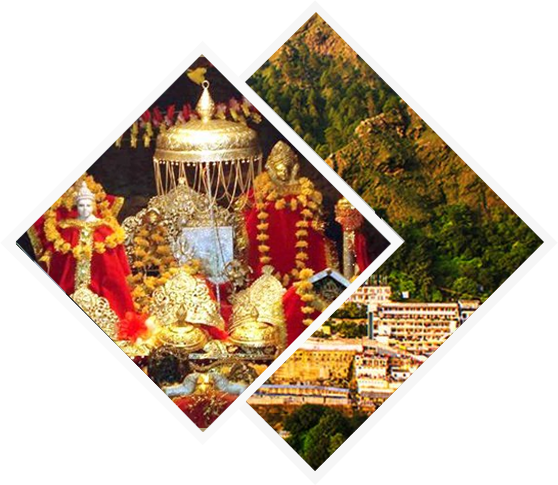 Located in Trikuta hills, 13 km from Katra (in Jammu and Kashmir) at the height of 1560 m above sea level this town is the holy cave temple of Mata Vaishnodevi. This famous shrine allures millions of devotees from all over the world. Popularly known as Mata Rani, Vaishno Goddess is a manifestation of the Hindu Goddess Durga. It is believed that during the pooja and Aarti, Goddesses arrive at the Holy cave to pay their respect to Mata Rani.
Located in Trikuta hills, 13 km from Katra (in Jammu and Kashmir) at the height of 1560 m above sea level this town is the holy cave temple of Mata Vaishnodevi. This famous shrine allures millions of devotees from all over the world. Popularly known as Mata Rani, Vaishno Goddess is a manifestation of the Hindu Goddess Durga. It is believed that during the pooja and Aarti, Goddesses arrive at the Holy cave to pay their respect to Mata Rani.
Devotees believe goddess herself calls the devotees to reach here. Revered and highly believed in, thousands of Pilgrims visit each year to seek blessings and show unflinching faith in this temple. Vaishno Devi is a religious trekking destination where pilgrims walk about 13 km uphill to reach the little caves which are among one of the 108 Shakti Peetha.
It takes about 6 to 9 hours depending on the fitness, age and weather conditions. Ponies and palanquins, as well as helicopter services, are available by various vendors to take you there at the top. The whole way is decently paved with lots of shops selling snacks, food items and various religious goods. The pilgrims show their dedication and enthusiasm by shouting slogans and singing songs in the praise of Maa Vaishnavi all along the road. Natural splendours at its acme can be enjoyed throughout the sojourn.
Bhairon Temple
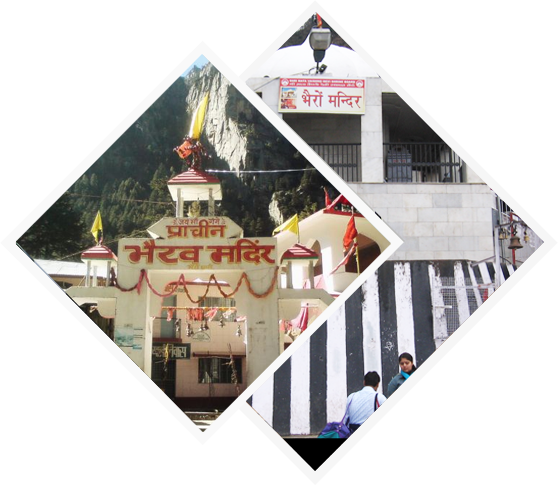 Bhairon Temple is located at a distance of 1.42 km from the Bhawan. The temple is situated at the highest point of the adjacent hill at an altitude of 6,619 ft. This temple also involves a steep climb which can be undertaken by foot, ponies or palanquins.
Bhairon Temple is located at a distance of 1.42 km from the Bhawan. The temple is situated at the highest point of the adjacent hill at an altitude of 6,619 ft. This temple also involves a steep climb which can be undertaken by foot, ponies or palanquins.
It is believed that the journey to Mata Vaishno Devi is not complete without the darshan in Bhairon Temple. According to the legends, Bhairon Nath was killed by Vaishno Devi and while seeking an apology, was given a boon of being the last link of the pilgrimage.
Darshan inside Bhairon Temple is also in the rock form. It is believed that when Mata killed Bhairon Nath, his head fell at this place while his body remained at the entrance of the holy cave. There is also a Havan Kund at the temple, whose ashes are considered to be sacred.
Nau Devi Temple
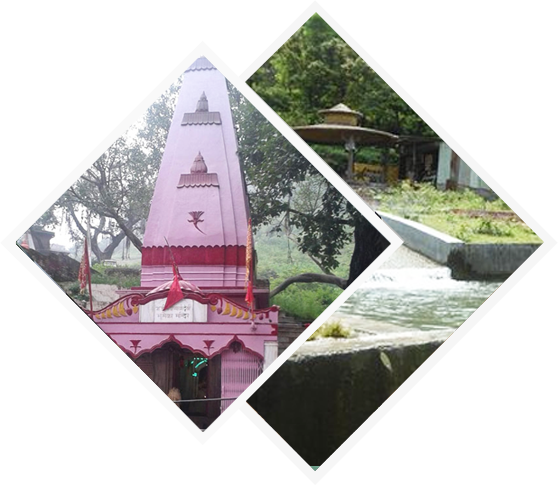 The Nau Devi Temple is a popular tourist attraction for the pristine location it is situated in and for the high reverence, it is held at. A flight of about hundred stairs leads to the small holy cave. Here, you will find pindi of the nine devis (goddesses) which are incarnations of Goddess Durga namely Shailaputri Devi, Bharmachirini, Chandraghanta, Kushmanda, Skanda mata, Katyayani, Maha Kali, Maha Gauri and Siddhidatri.
The Nau Devi Temple is a popular tourist attraction for the pristine location it is situated in and for the high reverence, it is held at. A flight of about hundred stairs leads to the small holy cave. Here, you will find pindi of the nine devis (goddesses) which are incarnations of Goddess Durga namely Shailaputri Devi, Bharmachirini, Chandraghanta, Kushmanda, Skanda mata, Katyayani, Maha Kali, Maha Gauri and Siddhidatri.
The surrounding areas of the Nau Devi Temple are very green and clean. There are two caves here, one housing a Shiva Linga and the other the Nau Devis. The darshan shall not take you a long time as this temple does not remain over crowded. A river flows next to the cave. After your darshan, feed the fishes while guarding your prasadam from the play full monkeys. Take in the cool breeze and the freshness of the surroundings. Sit here for a while, you will feel totally calmed.
Baba Dhansar
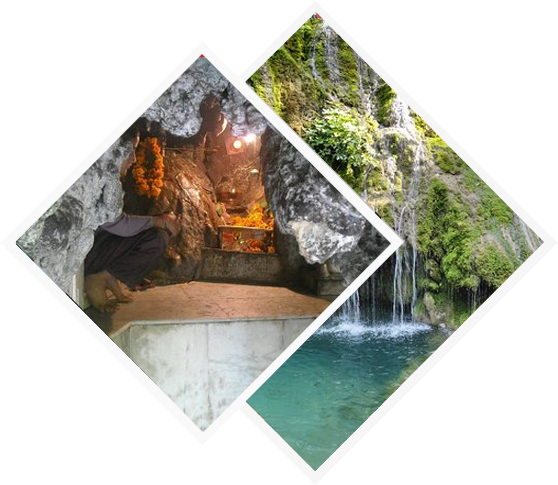 Set in a beautiful location, right by a pond, the holy shrine of Baba Dhansar attracts a lot of pilgrims every year. Baba Dhansar is the son of Vasudeva, the serpent king. It is believed that many years ago, a demon lived near this pond, and created havoc and destruction amidst the local community. The villagers came and asked Baba Dhansar to help them out. Baba then prayed to Lord Shiva, who agreed to help him kill the demon. After peace was restored in the area, the villagers built a Nag temple and a Shiva temple in honor of the Gods. The Karua Jheel or pond is considered sacred and bathing is not allowed in the waters.
Set in a beautiful location, right by a pond, the holy shrine of Baba Dhansar attracts a lot of pilgrims every year. Baba Dhansar is the son of Vasudeva, the serpent king. It is believed that many years ago, a demon lived near this pond, and created havoc and destruction amidst the local community. The villagers came and asked Baba Dhansar to help them out. Baba then prayed to Lord Shiva, who agreed to help him kill the demon. After peace was restored in the area, the villagers built a Nag temple and a Shiva temple in honor of the Gods. The Karua Jheel or pond is considered sacred and bathing is not allowed in the waters.
However, many devotees take a bath further downstream, believing their sins will be washed away and their wishes will be fulfilled if asked with an earnest heart. A spring emerges from the rocks present in the thick groves of trees and cascades as a waterfall into the stream. The festival of Mahashivratri is celebrated in a big way at this temple.
Baba Siarh
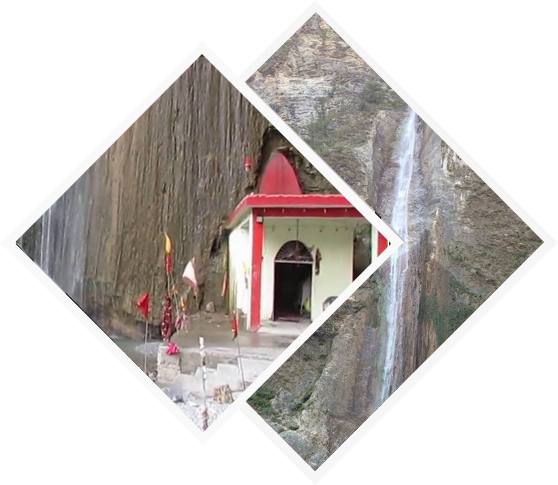 This holy shrine is situated on the bank of the Chenab River and is around 6 km from Reasi town. Siarh Baba is known for its natural waterfall from a height around 400 ft. which is mainly a centre of attraction for the tourists. The place is situated near Talwara village of Reasi district which itself attracts the tourists for the organic agriculture. A glimpse of rural tourism can be observed in that area which is known for the Integrated Farming System (IFS).
This holy shrine is situated on the bank of the Chenab River and is around 6 km from Reasi town. Siarh Baba is known for its natural waterfall from a height around 400 ft. which is mainly a centre of attraction for the tourists. The place is situated near Talwara village of Reasi district which itself attracts the tourists for the organic agriculture. A glimpse of rural tourism can be observed in that area which is known for the Integrated Farming System (IFS).
Siarh Baba is one of the highest waterfalls in North India. People from distant areas used to visit this spot enthuastically every year. The steep green hills along with the cool breeze added the charm to this historical place to visit for the tourists. This is a very charming spot to visit especially in summers because of the pleasant cool atmosphere. A historical Shiva temple and a pond at the bottom of waterfall are the major attractions of this spot. There are changing room facilities, toilets; sheds etc. have been arranged in systematic way for the tourists. People here take the holy dip in the water pool. In these days this place has become the centre of attraction for the tourists across the country. The holy dip in the chilled water gives an immense pleasure in this scorching heat.
Aghar Jitto Temple
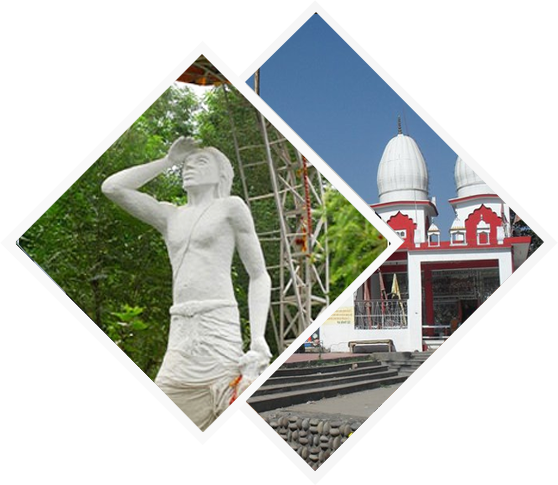 Six kms from Katra is a cool and scenic spot located amidst beautiful hillocks with a number of perennial springs lending a cool and refreshing ambience to the place. It derives its name from the shrine of Baba Jitto, a revolutionary folk hero who is still remembered and revered for his campaign against the feudal system to ameliorate the conditions of his fellow farmers. A huge statue of Baba Jitto, besides that of his daughter Bua Gori, dominates the place, which has been beautified by developing a landscaped garden.
Six kms from Katra is a cool and scenic spot located amidst beautiful hillocks with a number of perennial springs lending a cool and refreshing ambience to the place. It derives its name from the shrine of Baba Jitto, a revolutionary folk hero who is still remembered and revered for his campaign against the feudal system to ameliorate the conditions of his fellow farmers. A huge statue of Baba Jitto, besides that of his daughter Bua Gori, dominates the place, which has been beautified by developing a landscaped garden.
Baba Aghar Jitto a spiritual devotee of Shri Mata Vaishno Devi. A farmer sacrified his life for getting due right share of agriculture crop from Jagirdar Bir Singh who denied to give the committed share. This is why he scarified his life for getting his right & became famous among the farmers, have a attraction for yatries also.
Shiv Khori Temple
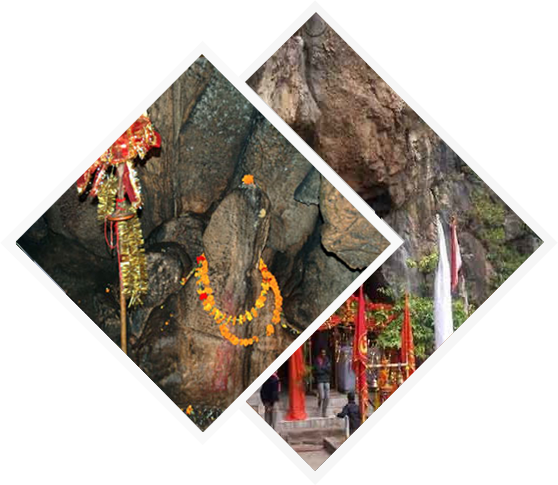 One of the many temples in the Reasi district, Shiv Khori in Katra is dedicated to Lord Shiva. The temple is actually a natural cave with a self made lingam. The shrine itself is quite a marvel. One can find natural rock formations, roughly resembling the figures of Goddess Parvati, Lord Ganesh, Nandi and many other deities. Right above the lingam, a constant dribble of milky water emerging from a crevice in the cave walls is said to fall. On the roof one can see etchings of snakes - an animal closely associated with Lord Shiva. A number of pigeons roost near the cave, which is considered to be a good omen by the pilgrims.
One of the many temples in the Reasi district, Shiv Khori in Katra is dedicated to Lord Shiva. The temple is actually a natural cave with a self made lingam. The shrine itself is quite a marvel. One can find natural rock formations, roughly resembling the figures of Goddess Parvati, Lord Ganesh, Nandi and many other deities. Right above the lingam, a constant dribble of milky water emerging from a crevice in the cave walls is said to fall. On the roof one can see etchings of snakes - an animal closely associated with Lord Shiva. A number of pigeons roost near the cave, which is considered to be a good omen by the pilgrims.
The route to Shiv Khori is filled with a number of other shrines which have their own legends. The cave temple of Shiv khori was once believed to lead into Kashmir, into the Swami Amarnath caves, but have been closed off beyond a certain point, after some people went missing while exploring the caves.